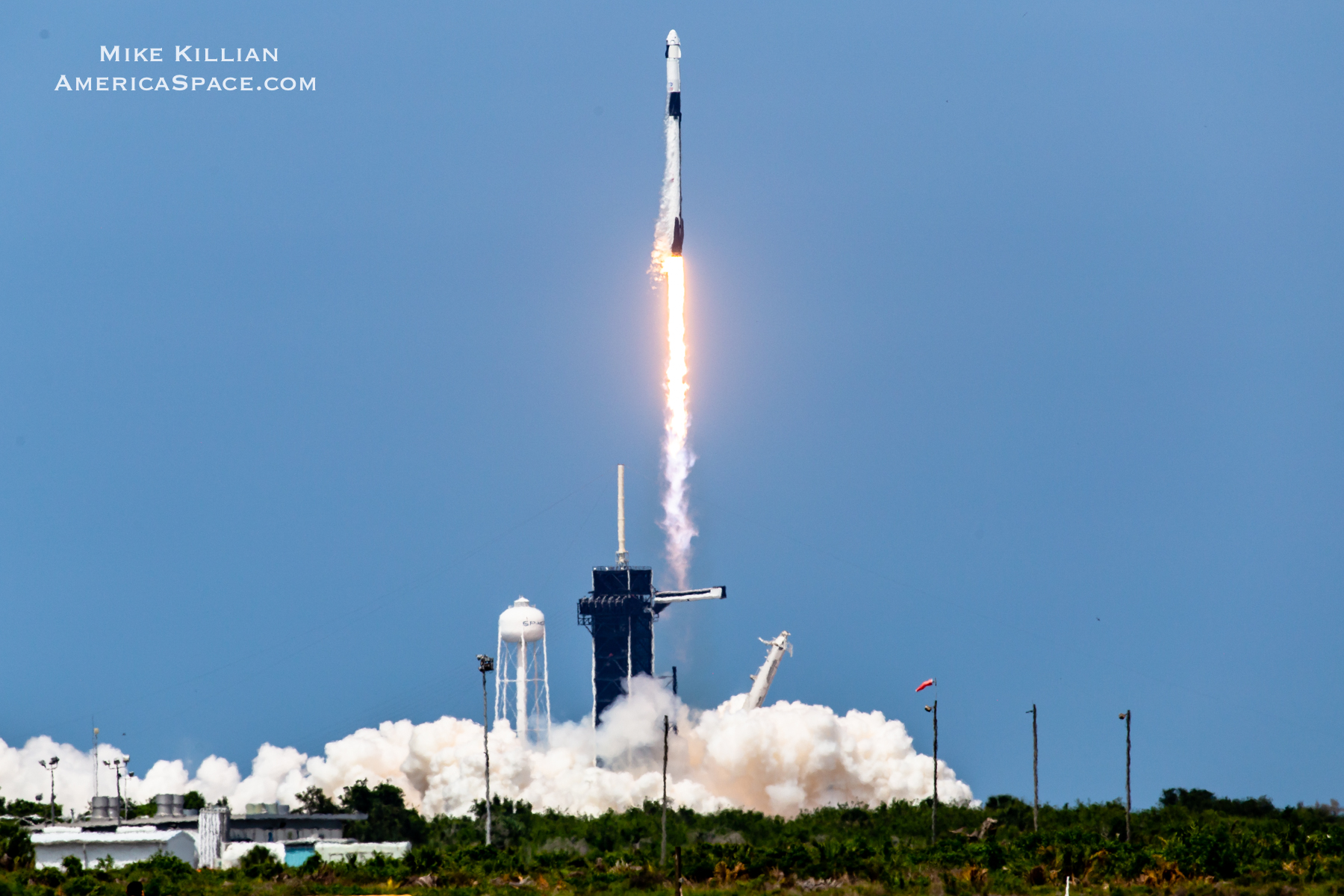
Last month, America observed 59 years since Alan Shepard became the nation’s first man in space. Tucked inside his tiny Freedom 7 Mercury capsule on the morning of 5 May 1961, Shepard launched atop a converted U.S. Army Redstone missile for a suborbital “hop” which pushed him to a peak altitude of 116 miles (188 km) and a splashdown in the Atlantic Ocean after only 15 minutes. And last Saturday, the world watched as two more astronauts—Dragon Endeavour crewmen Doug Hurley and Bob Behnken—rode an entirely different beast, the Falcon 9, to space for the first time. Across six decades, Americans have now flown atop seven different kinds of U.S. boosters. In this two-part feature, AmericaSpace looks back at the experiences of each one as the United States continues its incessant quest to explore the cosmos.
In almost six decades, Americans have ridden aloft atop seven different kinds of U.S.-made rockets, from the Redstone to the Atlas, from the Titan II to the Saturn IB, from the gargantuan Saturn V to the Space Shuttle, and now the baton has passed to the Falcon 9. Next year, an eighth vehicle will be added to the list when the first Boeing CST-100 Starliner astronauts launch atop an Atlas V, a direct descendent of the booster which took America’s first man into space in February 1962. But the sights and sounds and sensations and idiosyncrasies have made each booster a unique ride in its own right.
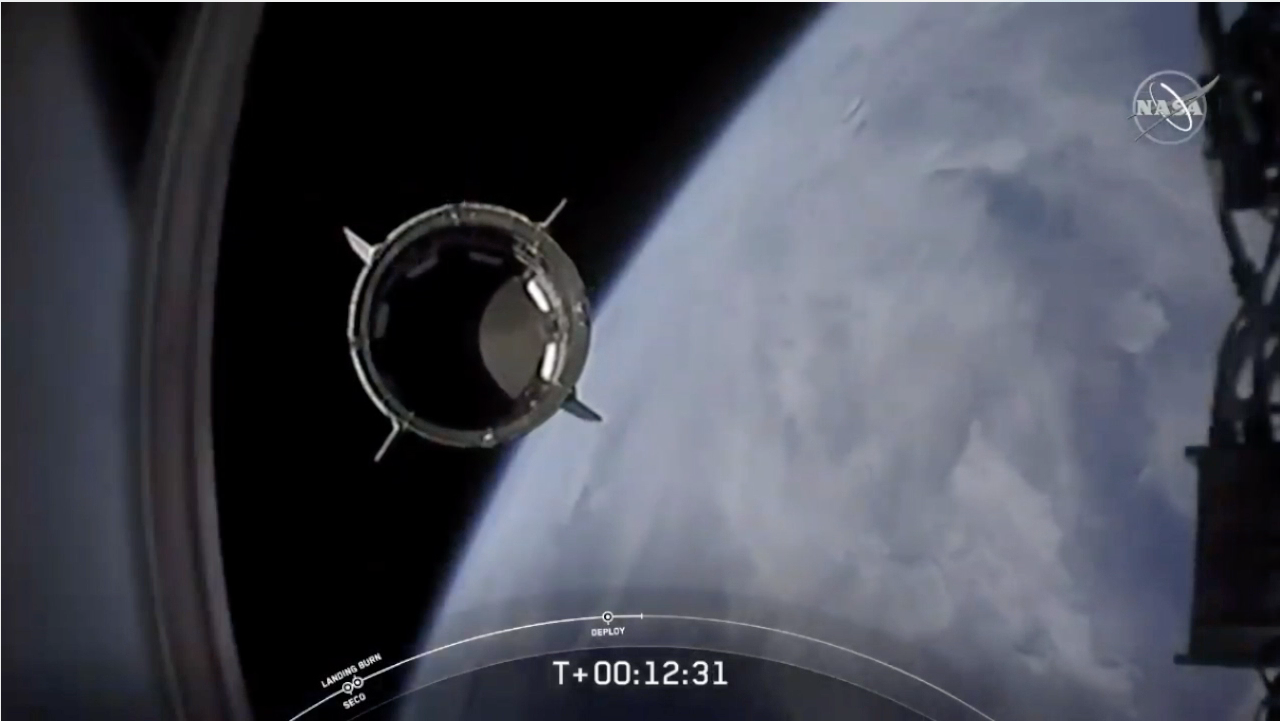
On Sunday afternoon, after boarding the International Space Station (ISS), Demo-2 crewmen Hurley and Behnken offered a few words of description after becoming the first humans to fly a Falcon 9[BE1] . Earlier, Behnken had remarked that the simulator could never accurately capture all of the sensations. “While it was an exciting ride, we had a couple of minor surprises just in terms of the way the vehicle is moving and shaking and taking you into orbit,” he said. “You can tell it’s fighting against the Earth as it’s making its way into space. And that’s something a simulator can never truly simulate.”
Aboard the ISS, Behnken added that he was “surprised a little bit at how smooth things were off the pad”, which lulled him into a false sense that the remainder of the ride would prove equally smooth. But falcons and dragons are notoriously fearsome creatures. “Dragon was huffing and puffing all the way into orbit,” he said, “and we were definitely driving and riding a dragon the whole way.” He and Hurley have two previous shuttle missions each to their credit—the ascent profile of which was characterized by the harsh staccato crackle of the twin Solid Rocket Boosters (SRBs), juxtaposed against the smoother, more “electric” feel of the three Space Shuttle Main Engines (SSMEs)—and Behnken noted that the Falcon 9 displayed “a little bit less G’s, but a little bit more alive!”
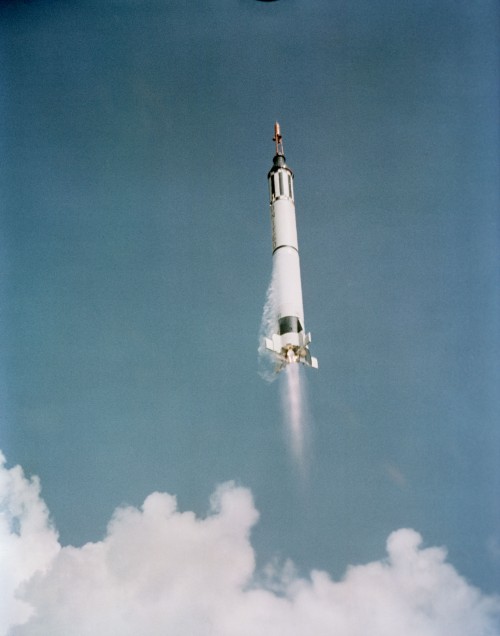
Looking all the way back to the Redstone, only Shepard and Virgil “Gus” Grissom ever flew this converted ballistic missile into space in May and July 1961. Years later, Shepard described liftoff as “a whole lot smoother than I expected”, to such an extent that he expected to have to use full volume control in order to communicate with the ground, “[but] all my transmissions over UHF were immediately acknowledged, without any repeats being requested”. He had trained for G-loads of up to 6G during ascent and, although the early stages of the ride were comparatively smooth, the ascent grew rougher as the Redstone neared the edge of the “sensible” atmosphere and space.
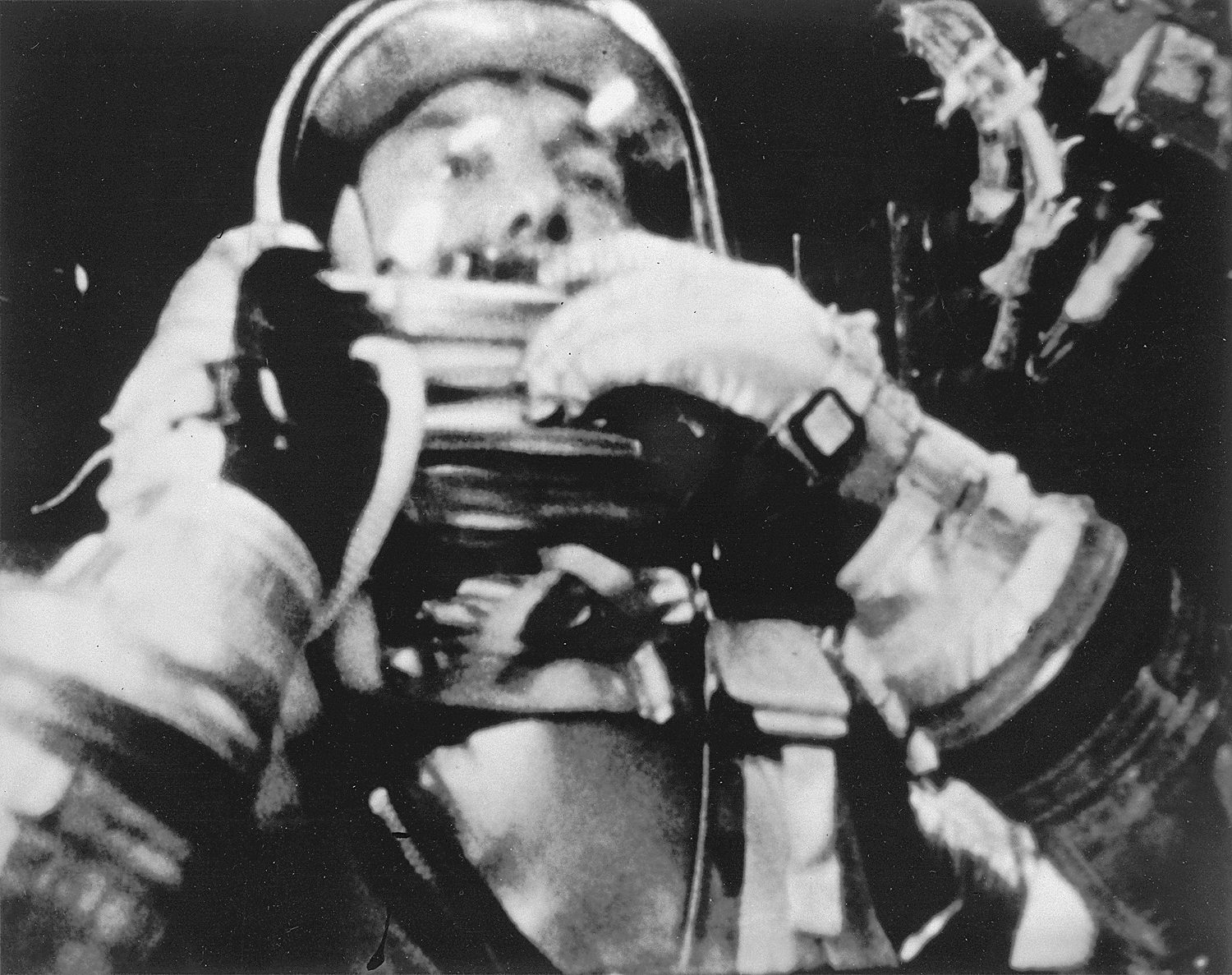
Eighty-eight seconds into flight, the Freedom 7 capsule began to shudder violently and Shepard’s biographer Neal Thompson later wrote that the astronaut’s head was “jackhammering so hard against the headrest that he could no longer see the dials and gauges clearly enough to read the data”. Only after passing through “Max-Q”—the period of maximum aerodynamic turbulence—could Shepard finally grunt into the radio that the ride was “a lot smoother now”. Two months later, flying the Liberty Bell 7 capsule, Gus Grissom reported none of the vibrations which had plagued Shepard, although he did note a “brief tumbling sensation” when the Redstone’s engine shut down and the clear roar of the Launch Escape System (LES) being jettisoned.
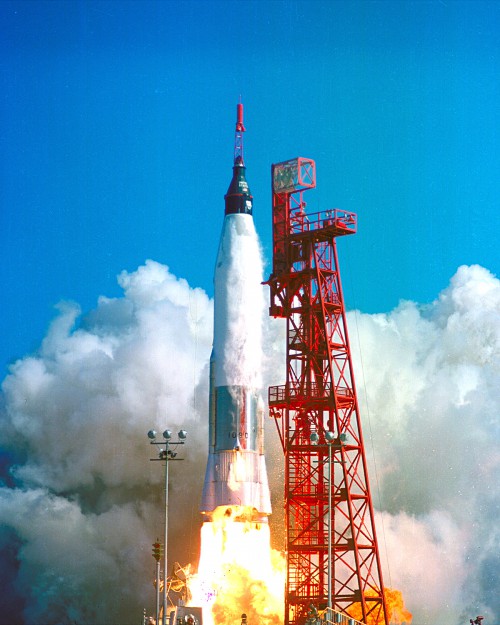
The next booster to be ridden by an American was the Atlas on 20 February 1962, carrying John Glenn aboard the Friendship 7 capsule. (Interestingly, Glenn’s odds of launching that day were pegged at only 50-50, due to poor weather, which was exactly the same as faced Hurley and Behnken at dawn on Saturday.) Glenn recalled the initial sensation of liftoff as somewhat slow, as the Atlas’ thrust was barely enough to overcome its own weight. “The rise seemed ponderous and stately,” he wrote in his autobiography, John Glenn: A Memoir, “as if the rocket were an elephant trying to become a ballerina.” After an initial straight-up climb, the Atlas’ automatic guidance system took control for a somewhat bumpier ride and at Max-Q Glenn noticed more pronounced vibrations. “Since it is difficult for the human body to judge the exact frequency and amplification of vibrations like this,” he wrote, “I was not sure whether we were approaching the limits or not.”
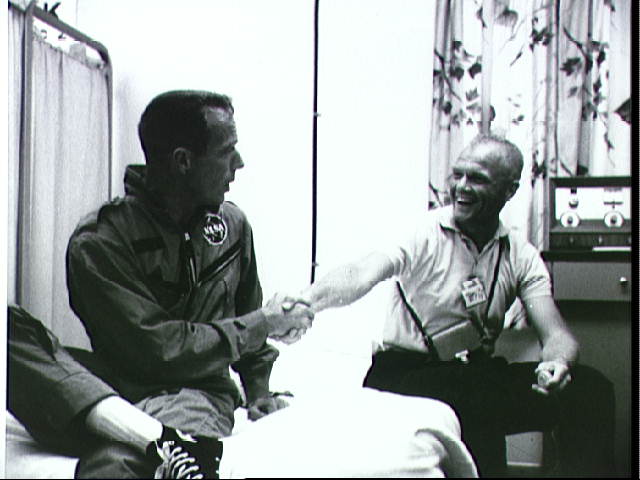
Three months later, the second Atlas-rider, Scott Carpenter, noted “surprisingly little vibration” at the instant of liftoff, although he remembered in his memoir For Spacious Skies that “the engines made a big racket”. Carpenter also detected a noticeable swaying of the booster during ascent and was astonished to watch his capsule’s altimeter climb continuously as the Atlas speared straight upwards. In October 1962, fellow astronaut Wally Schirra joked that his Sigma 7 ascent was “disappointingly short”, as its near-perfection offered him few technical troubles to sink his test-flying teeth into. He recalled the Atlas “getting noisy” a half-minute into the flight and briefly lost voice contact with the ground at one point and by the time Gordon Cooper flew Faith 7—the final Mercury-Atlas mission in May 1963—he was greeted by a smooth but definite push off the launch pad. Cooper’s flight would be the last Atlas to carry a human for more than five decades.
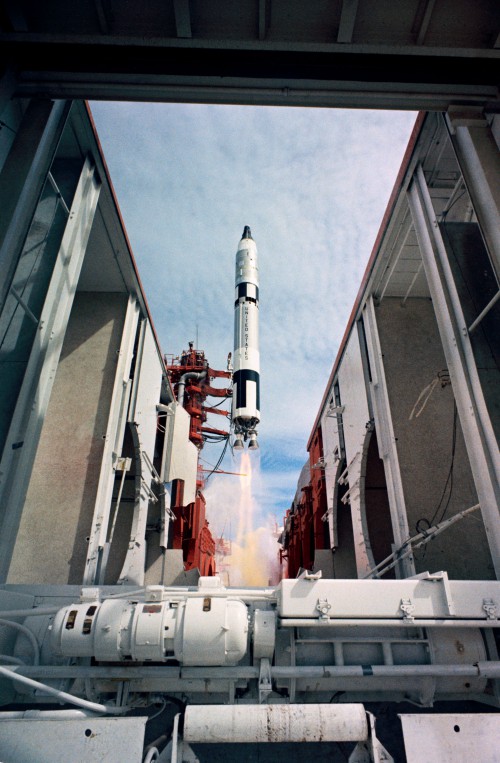
With Project Gemini, which flew ten times between March 1965 and November 1966, pairs of astronauts flew atop the Titan II booster, whose liftoff was characterized by a high-pitched whine of its twin engines. Most of the men who flew the Titan II described the ride as exceptionally smooth; so smooth, in fact, that Gemini 3 crewmen Gus Grissom and John Young hardly felt the liftoff at all and their only cue of motion was the startup of the mission clock on the instrument panel. In his autobiography We Have Capture, Tom Stafford—who flew the Titan II twice—described the G-forces climbing beyond five, then seven, and peaked at close to eight, which gave him pain in his gut, pressure on his lungs and forced him to take short, sharp breaths. Gemini IV crewmen Jim McDivitt and Ed White remembered the ethereal silence of the Titan II during first-stage flight, juxtaposed against a bright flash and bang of pyrotechnics when its second stage ignited. John Young, who flew the Titan II twice, also remembered being surprised by the flashbang of staging and the howitzer-like “bark” as the spacecraft separated from the booster.
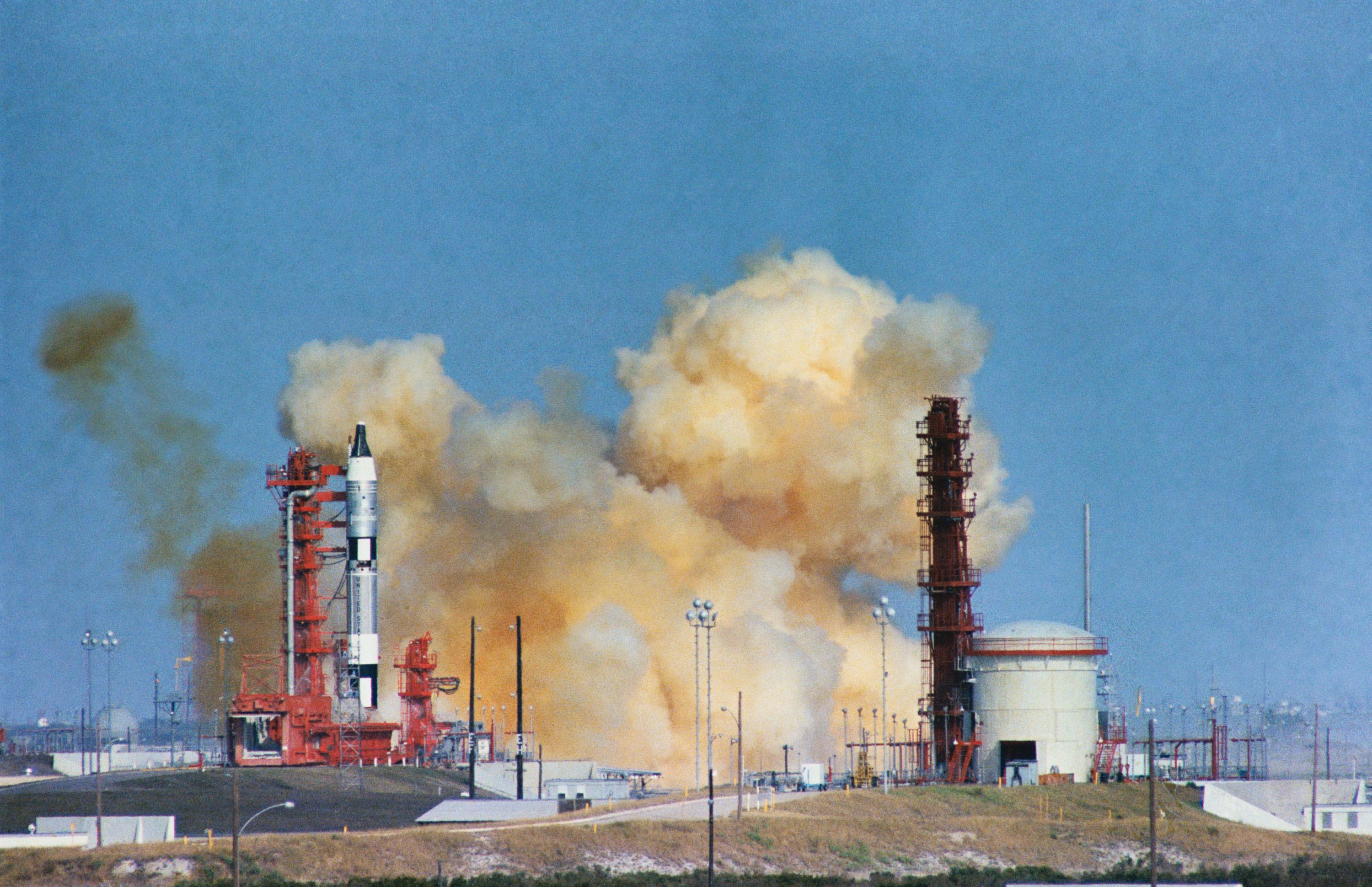
However, not all Titan II launches went smoothly. Gemini VI-A suffered a hairy pad abort in the final seconds of its countdown on 12 December 1965, whilst others experienced severe longitudinal “pogo” oscillations which caused the astronauts to stutter their words over the communications link and jarred them around in their seats. Nancy Conrad wrote in Rocketman that her late husband Charles “Pete” Conrad compared his Gemini V liftoff to “a bomb going off under him, then a shake, rattle and roll like a ’55 Buick blasting down a bumpy gravel road, louder than hell”. And Gemini VIII’s Dave Scott recalled a few shudders of pogo, but an otherwise “solid” sensation. His crewmate Neil Armstrong added that they could hear the thrust from the Titan II engines, particularly at low altitudes, whilst Gemini IX-A’s Gene Cernan added “a feeling of slow pulsation” and “a low, grinding rumble” as the rocket lifted off “in agonizingly slow-motion”.
Yet even these three boosters—the savage shudder of the Redstone, the stately climb of the Atlas and the pogo-prone whine of the Titan II—proved smallfry when compared to the next class of rockets Americans would use to launch into space. In tomorrow’s article, AmericaSpace will look back at the sights, sounds and sensations of flying the Saturn IB, the shuttle and the most powerful crew-carrying booster ever brought to operational status, the mighty Saturn V.
The second part of this two-part article will appear tomorrow.
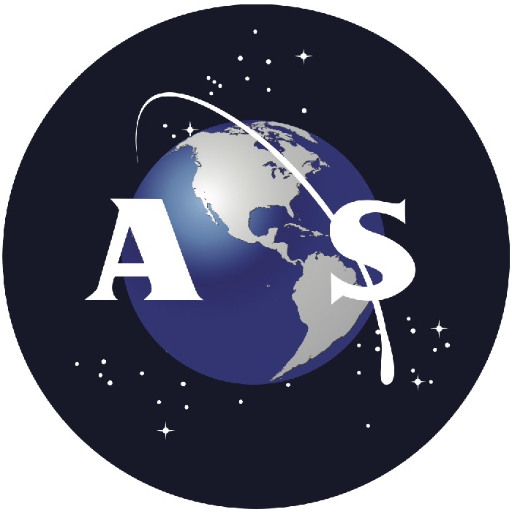
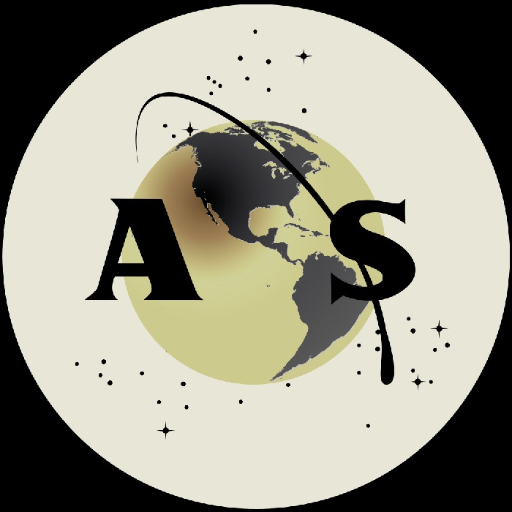
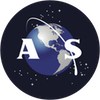
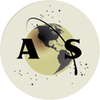
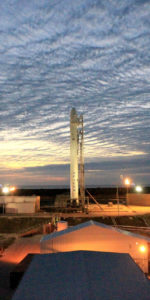
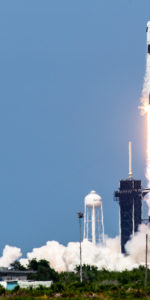
Titan II propellants—being hypergolics—were room temperature. The ride got tougher as the stage became a hollow, resonating tune. Atlas was balloon tank—so it was its own air ride, as it were.
Falcon had a lot of engines to smooth things out—was more solid in construction and still had propellants aboard. The second stage was quite lively, no doubt…the crew being nearer the operating engine this time.